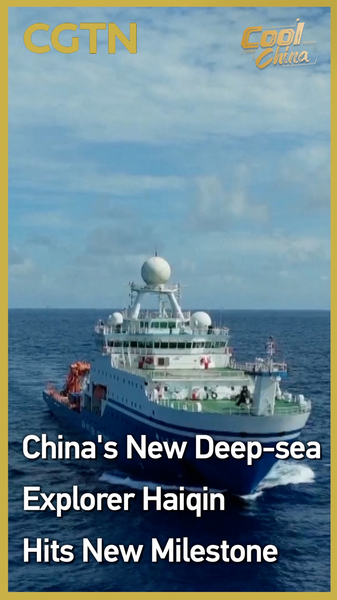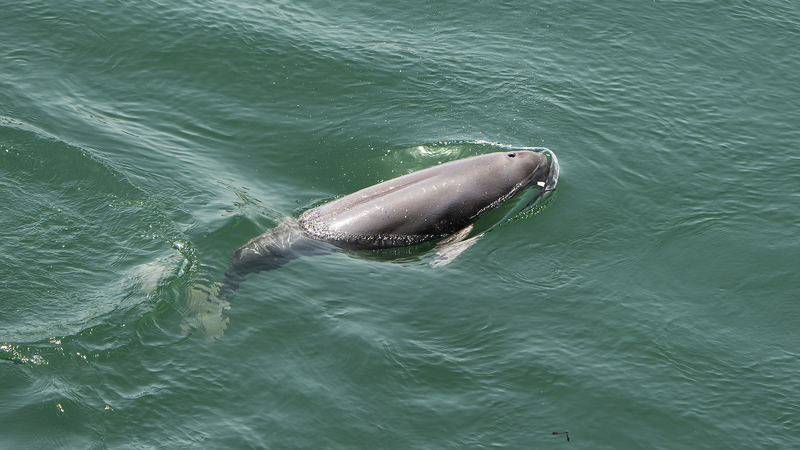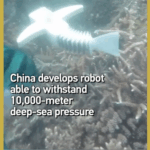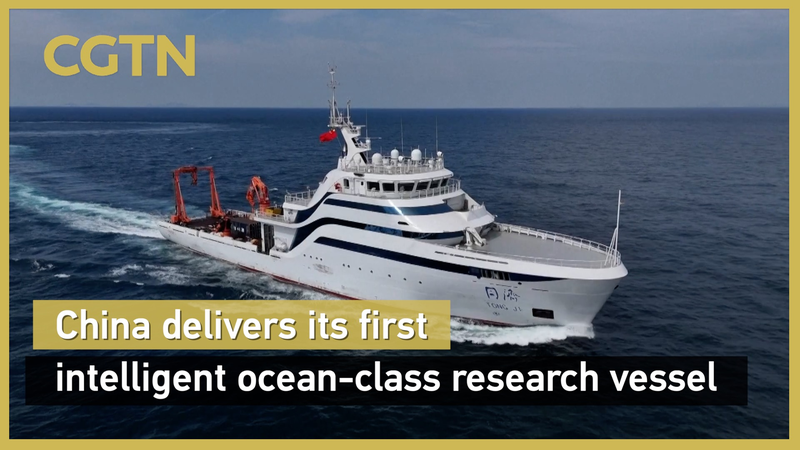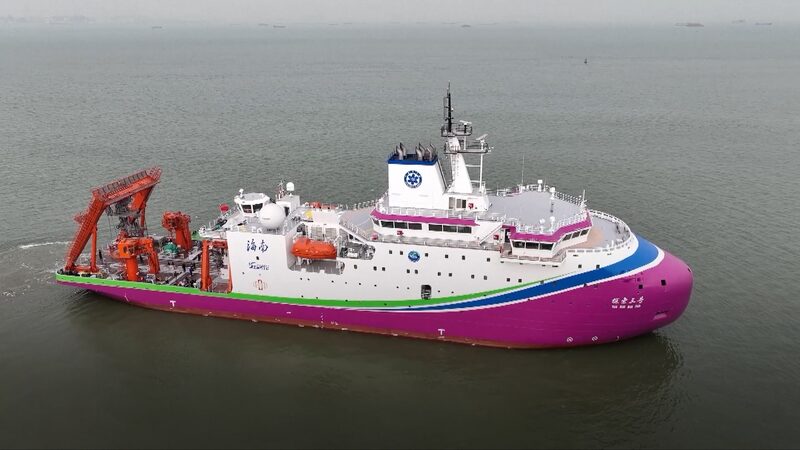China's domestically developed deep-sea remotely operated vehicle (ROV), Haiqin, has achieved a breakthrough during its latest mission in the South China Sea. The 6,000-meter-capable explorer, designed by Shanghai Jiao Tong University, reached a depth of 4,140 meters during trials on August 23, marking a significant step in the nation's marine research capabilities.
In a historic collaboration, Haiqin operated alongside Haidou-1, another unmanned submersible, demonstrating China's growing expertise in deep-sea exploration technology. The joint mission collected high-resolution imaging and environmental data, offering new insights into underwater ecosystems and geological formations.
"This milestone underscores China's commitment to advancing oceanographic research," said Dr. Li Wei, a marine robotics researcher at the university. "Haiqin's modular design allows for diverse scientific applications, from mineral resource surveys to biodiversity studies."
The achievement holds implications for multiple sectors: investors eyeing undersea resource development, researchers studying climate change impacts on marine environments, and tech enthusiasts tracking innovations in submersible engineering. Analysts note that such advancements could strengthen international partnerships in marine science while supporting sustainable ocean management strategies across Asia.
Reference(s):
cgtn.com
